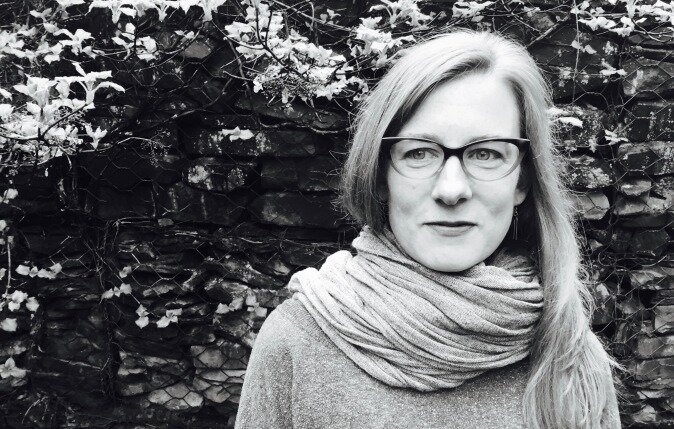Alfred Burgesson, Founder at Tribe Network and Dr. Robert Summerby-Murray, President of Saint Mary’s University.
Photo Credit: Ian Selig
A new province-wide program available to youth ages 15 to 18 in Nova Scotia who identify as Black, Indigenous and People of Colour and are interested in developing skills in computer science and technology, leadership, and sustainable development has launched.
"The Brilliant Creators Fellowship offers a unique opportunity for BIPOC youth to develop new skills while practicing creativity, innovation, leadership, and learning with technology. We are committed to working with youth and empowering them to be creators of the world they want to live in," said Alfred Burgesson, Founder at Tribe Network.
The 15 participants in the Brilliant Creators Fellowship are engaged in regular workshops, events, team-focused projects, and hands-on, experiential learning opportunities. Participants will develop their interpersonal skills and competencies in digital literacy, communication, sustainable development while also developing peer-to-peer networks. In addition to skill development, participants will also gain access to community leaders and industry mentors. The Saint Mary's University Entrepreneurship Centre will support youth entrepreneurship skill development throughout the initiative.
"Saint Mary's University is committed to a world without limits. The Brilliant Creators Fellowship helps us to support and reduce barriers facing BIPOC youth, which is an important part of achieving that goal," says Saint Mary's University President Dr. Robert Summerby-Murray. "We are proud to partner with Tribe Network and Brilliant Labs on this project."
"We recognize the importance of championing diversity across all fields of research, work and study," says President Summerby-Murray. "That is why we are offering every student who finishes this program a $12,000 scholarship over four years to study computer science or business at Saint Mary's University."
In the first year of the program, participants include youth from Halifax, Dartmouth, Lower Sackville, Fall River and Membertou First Nation.
Saint Mary’s University is pleased to partner with Tribe Network, to support the participants, and to further the impact of the Brilliant Creators Fellowship for years to come.
















